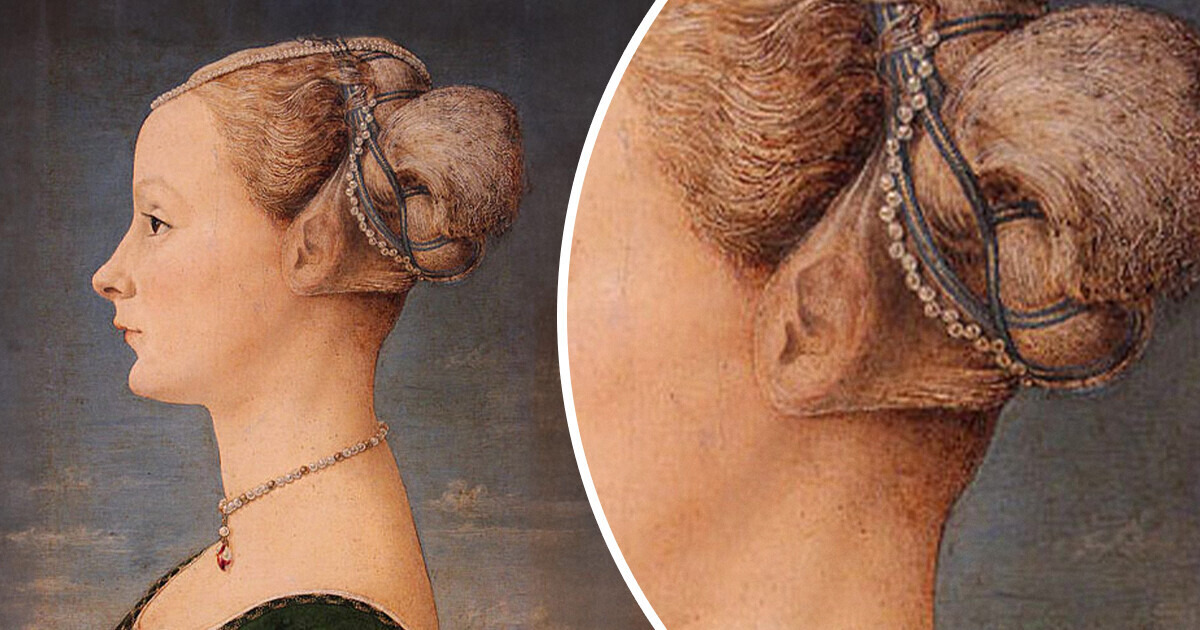Fashion has always been a reflection of the times, influenced by cultural, social, and economic factors. Over the centuries, people have gone to great lengths in the name of beauty, often adopting trends that seem peculiar by today’s standards. Here’s a deep dive into some of the most unusual fashion practices from the past.
1. Gladiator Sweat as a Beauty Elixir
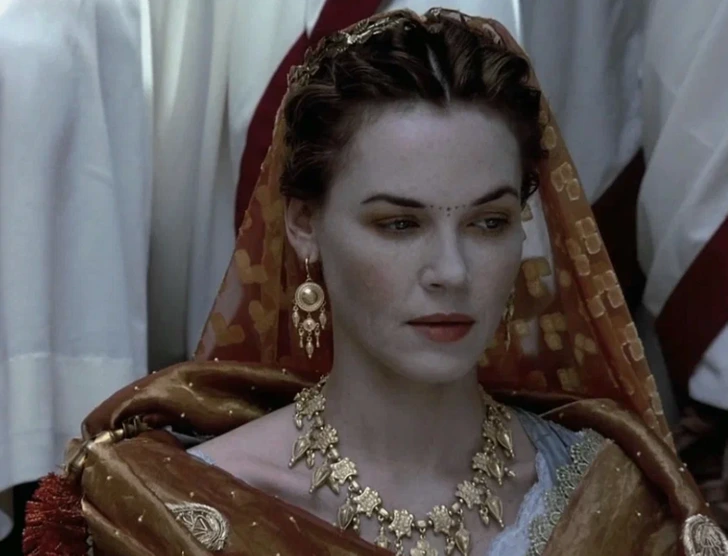
In Ancient Rome, noblewomen believed in the miraculous properties of gladiator sweat. This rather unconventional beauty product was mixed with olive oil and used to improve complexion. The belief in its benefits was so strong that it was bottled and sold, making it a prized possession among Roman elites.
2. The Unibrow Trend in Ancient Greece
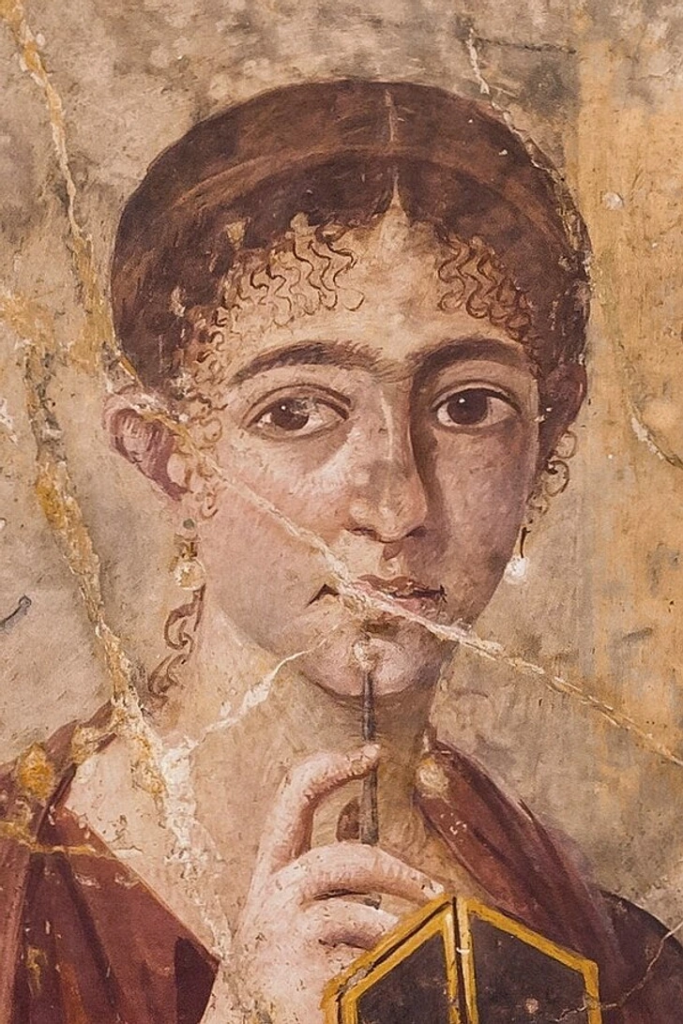
Eyebrows have had quite a journey in beauty standards. In Ancient Greece, a unibrow was considered a sign of intelligence and beauty. Women who didn’t naturally have a unibrow would create one using animal hair or dark makeup, thus making a unibrow the desired look.
3. Colorful Eyebrows in Ancient China
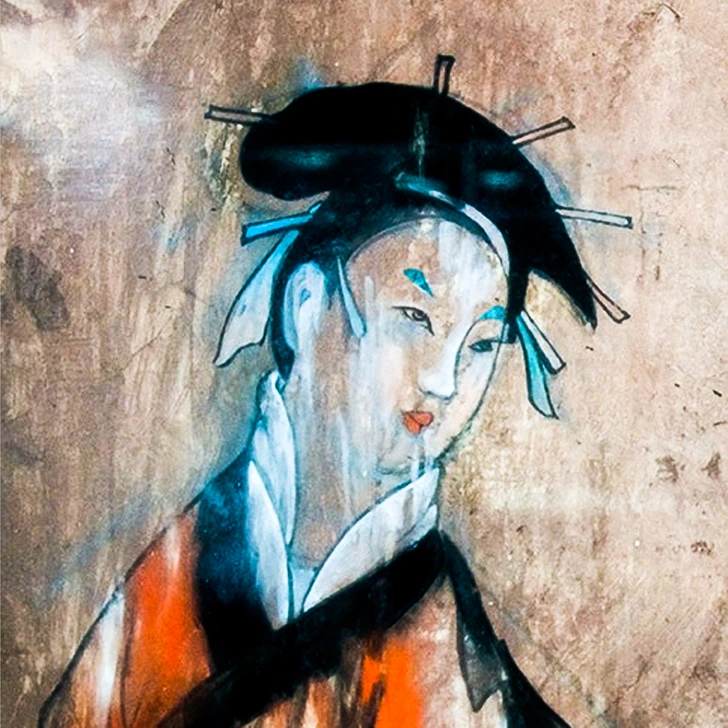
During the 2nd to 3rd centuries in China, under certain emperors, it became fashionable for women to sport colorful eyebrows, particularly in blue hues. This trend involved shaving off natural eyebrows and using expensive inks to draw new ones. The practice was not only a fashion statement but also a demonstration of wealth, as these inks were costly and imported.
4. High Foreheads and Shaved Hairlines
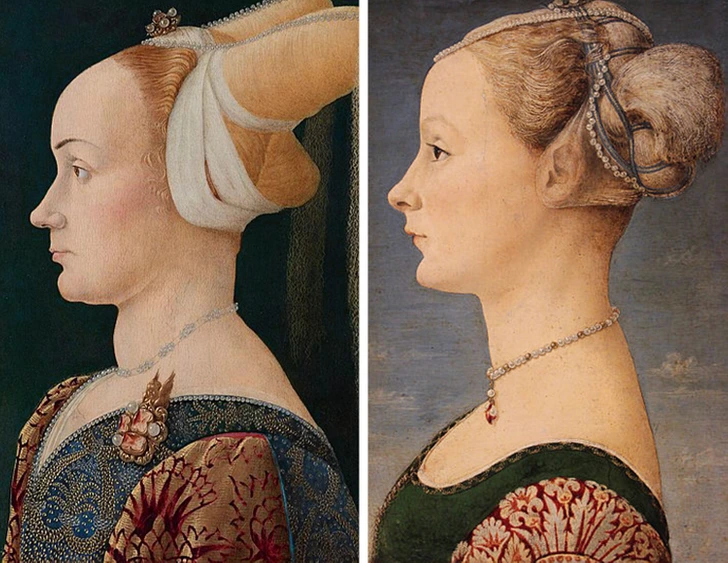
In the late 14th century, European women sought to emulate the look of infants, believed to symbolize purity and innocence. This trend led to the shaving of hairlines to create a high forehead, alongside plucked eyebrows, resulting in a distinctly unique facial appearance.
5. The Desire for Blonde Hair in Renaissance Europe
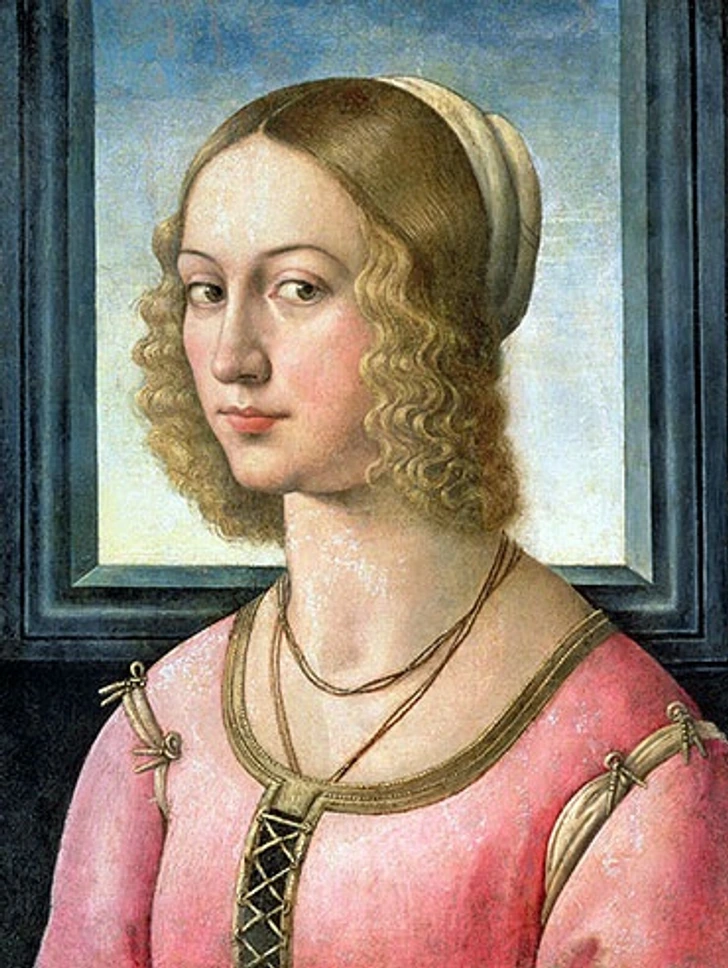
The 15th century saw a fascination with blonde hair, spurred by poets like Petrarch who idealized this feature. Women went to great lengths to dye their hair blond, using elaborate and time-consuming methods that could take several days to achieve the desired golden hue.
6. Corsets and the Quest for a Tiny Waist

Corsets have a long history, but they gained particular prominence in Europe during the 16th century, especially under the influence of figures like Catherine de’ Medici. These garments were designed to cinch the waist tightly, sometimes to the extreme detriment of internal organs, to achieve a flat silhouette devoid of curves.
7. Painted Veins in the Décolleté

In the 17th century, women would enhance their décolletage by painting blue veins on their skin. This practice aimed to emphasize the delicate and translucent nature of their skin, reflecting a trend that favored pale, almost ethereal beauty.
8. The Pursuit of Extremely White Skin

The 18th century brought a trend where women desired exceptionally white skin, often using harmful substances like lead-based whitewash. The quest for pale skin was so intense that even dangerous materials were used, causing significant health issues over time.
9. The Unusual Use of Dental Implants
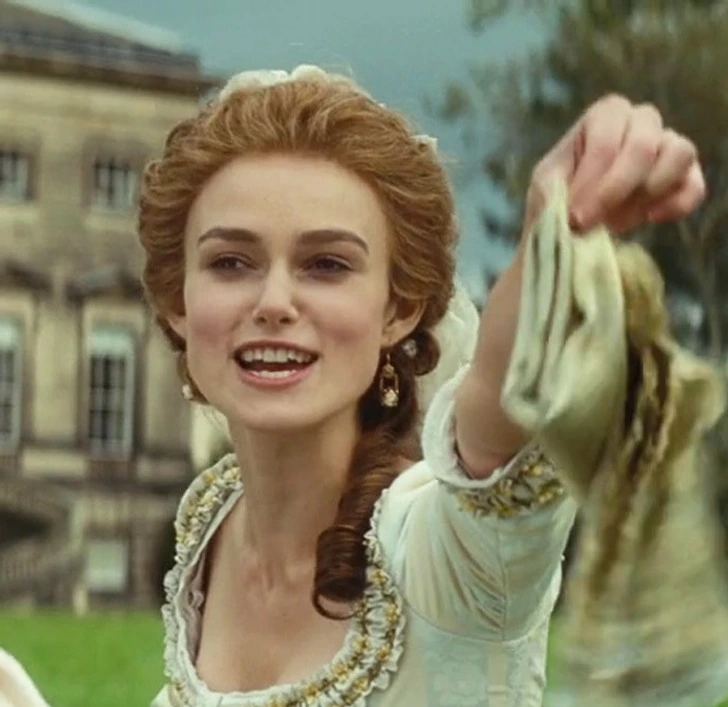
The Georgian era witnessed a peculiar dental fashion where people used real human teeth, acquired from donors, as implants to fill gaps in their smiles. This practice, while somewhat gruesome, was a marker of status and wealth.
10. Long Fingernails as a Status Symbol

In China, particularly during the Qing dynasty, long fingernails were a sign of wealth and status, indicating that the person did not engage in manual labor. The nails were often protected by elaborate covers made of precious metals, highlighting their importance as a symbol of luxury and affluence.
These historical fashion trends highlight the lengths to which people have gone in the pursuit of beauty, often at great personal discomfort or risk. They remind us that fashion is not just about clothing or aesthetics; it’s deeply intertwined with cultural values and social norms of its time.
